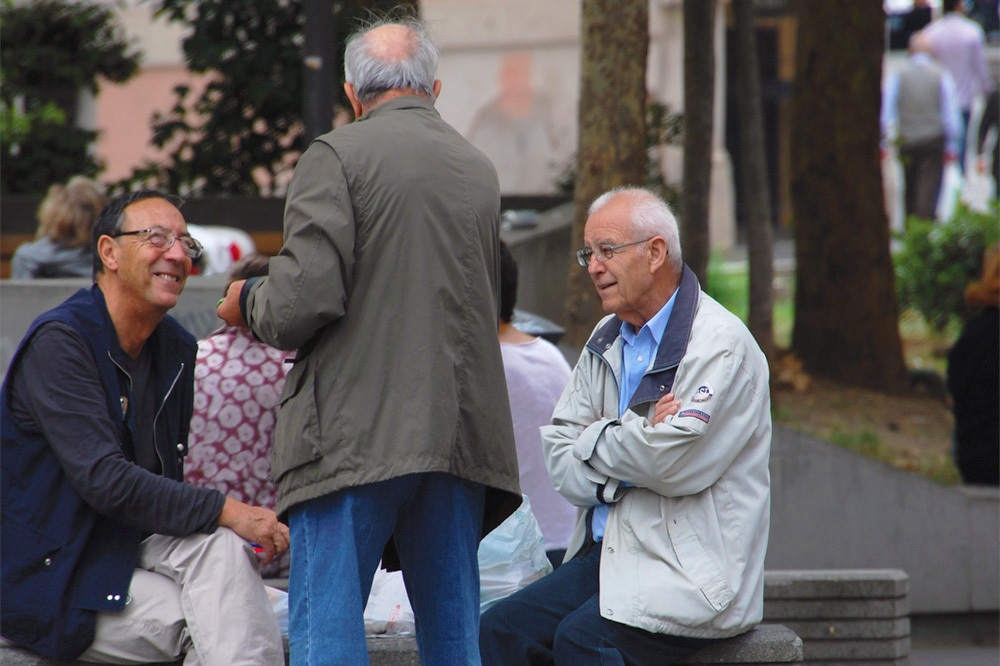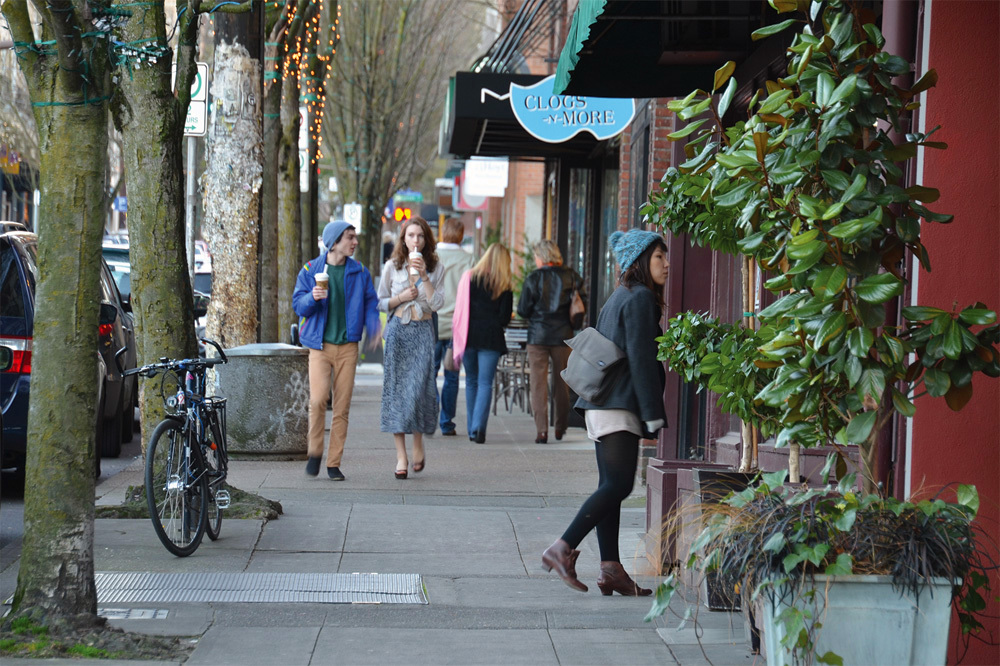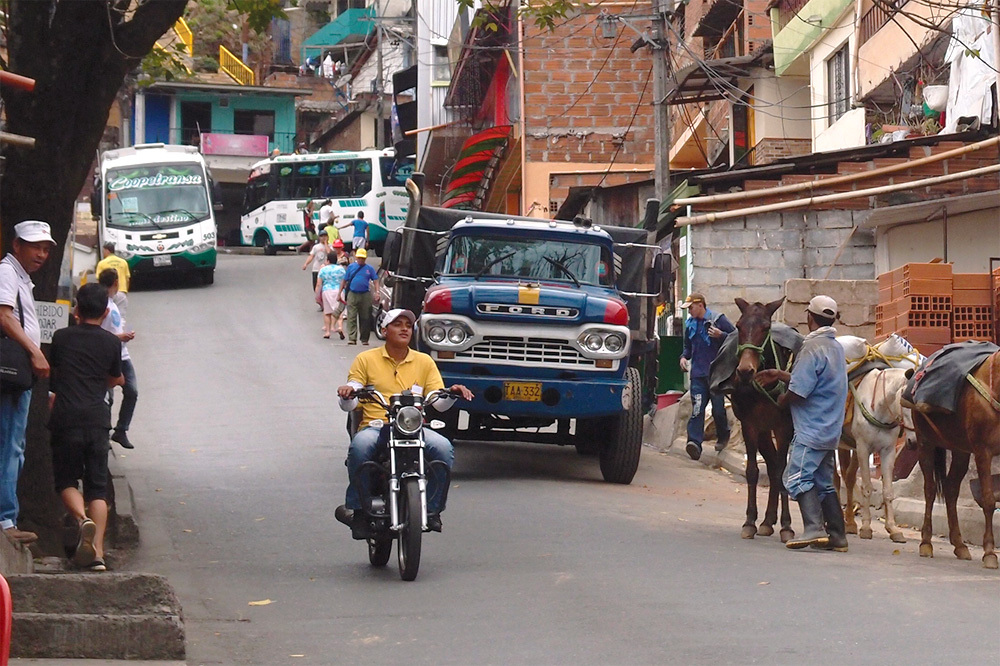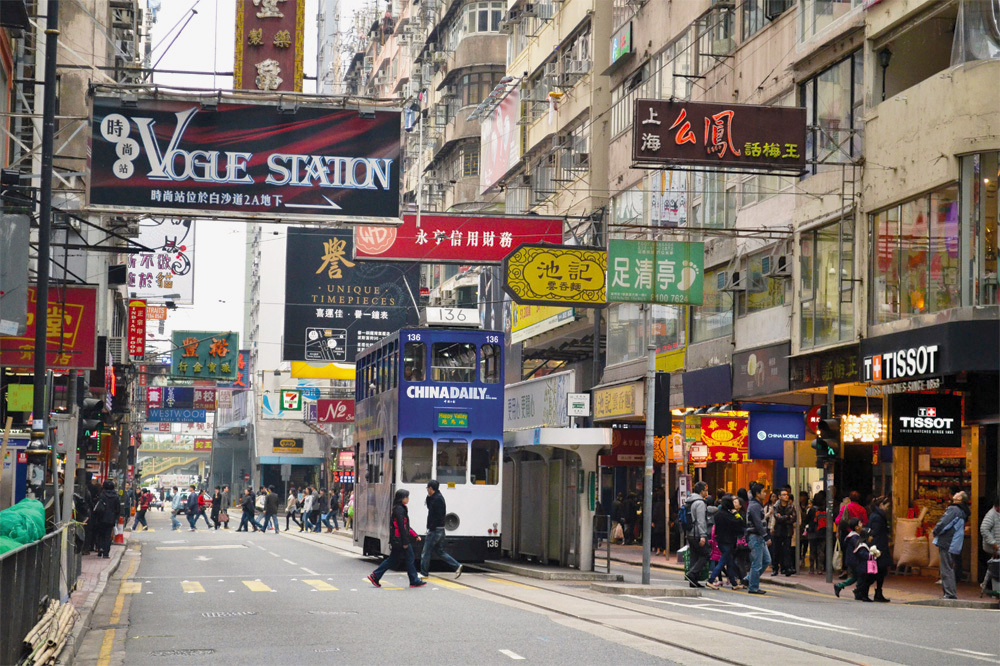
Public Health and Safety
Every year, millions of people die from traffic violence and chronic diseases related to poor air quality and lack of physical activity. Street design must promote safe environments for all users and offer healthy choices that facilitate active transportation, such as walking, cycling, and using public transit. Streets should improve access to healthy food options, mitigate noise levels, and provide landscaping and trees that improve air and water quality.
Read more: Safe Streets Save Lives | Streets Shape People
Discover our street stories: Healthy Play Istanbul | Road Safety Istanbul

Quality of Life
Cities around the world are competing for the title of ‘most livable city’—a recent measure of success—acknowledging the value of quality-of-life measures in attracting and retaining residents and businesses. As people experience a city through its public spaces, the livability of a city is highly dependent on its streets. Shaping how safe, comfortable, efficient, and vibrant a city’s streets are will affect how livable it is and how connected its citizens feel. Streets can encourage social interaction, and designs that offer natural surveillance and help build stronger, safer communities
Read more: Streets Shape People
Discover our street stories: Combatting Noise Pollution

Environmental Sustainability
In the face of unprecedented climate challenges, street projects provide an opportunity for local actions to improve the environmental sustainability and resilience of a city. Promoting sustainable transportation modes through well-designed streets can lower carbon emissions and improve overall air quality. Incorporating trees and landscaping can improve water management, foster biodiversity, and increase access to the natural environment.
Read more: Streets Shape People
Discover our street stories: Cleaner Air Milan

Economic Vitality
Great streets attract people and business. Street projects that increase safety, improve public realm quality, and welcome multimodal use have positive economic effects such as higher retail sales and increased property values. Investment in streets has long-term economic benefits.
Read more: The Economy of Streets
Discover our street stories: Cycling Equity Addis Ababa

Social Equity
In an era of increasing inequality, cities must ensure that their most valuable public spaces offer safe and equitable use to all, regardless of ability, age, or income, empowering the most vulnerable users with safe and reliable mobility choices. A city serves its citizens better through street design that increases access to jobs and schools, benefits individual health, improves sanitation, and encourages strong communities.
Discover our street stories: Kids Engagement Milan and Addis Ababa | Streets for Play Addis Ababa

Multimodal Access
Multimodal streets offer people options for safe, attractive, and convenient travel by foot, by cycle, on transit, as well as in motorized vehicles.
Multimodal streets help to make cities more efficient. A reduction of private cars on streets has a direct link to reduced production of greenhouse gases, related to climate change. This shift also helps in increasing space for commerce and public use, and contributes to a better quality of life and economic growth.
Read more: Multimodal Streets Serve More People